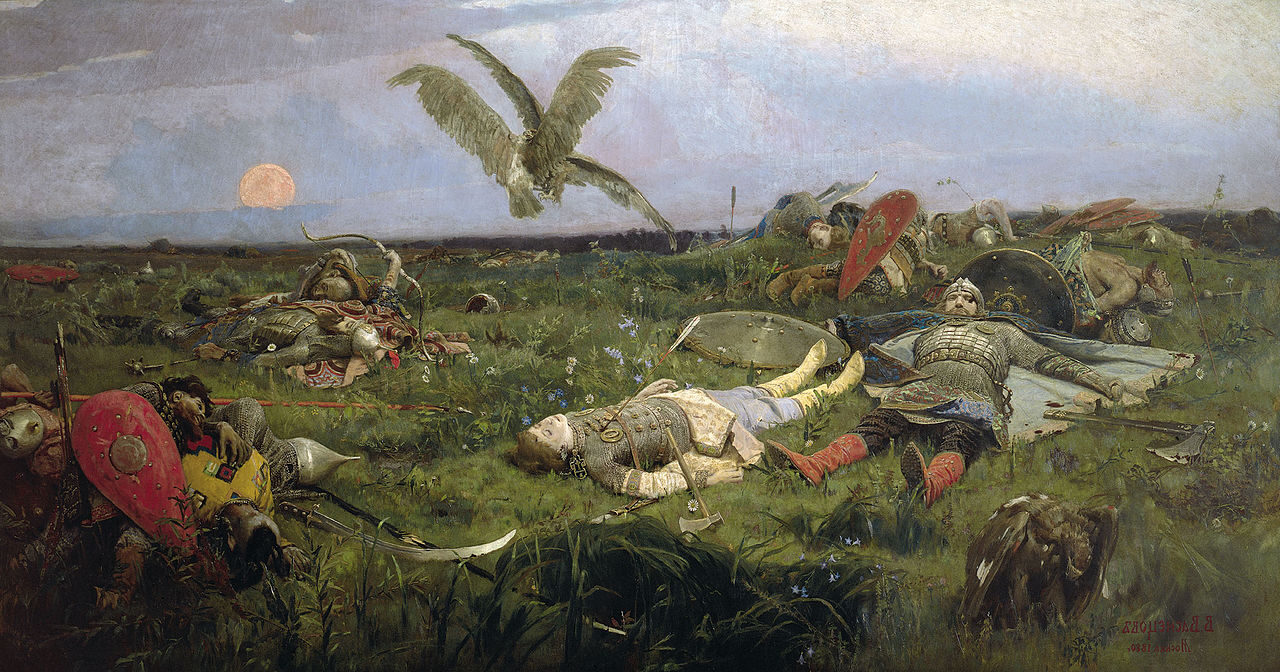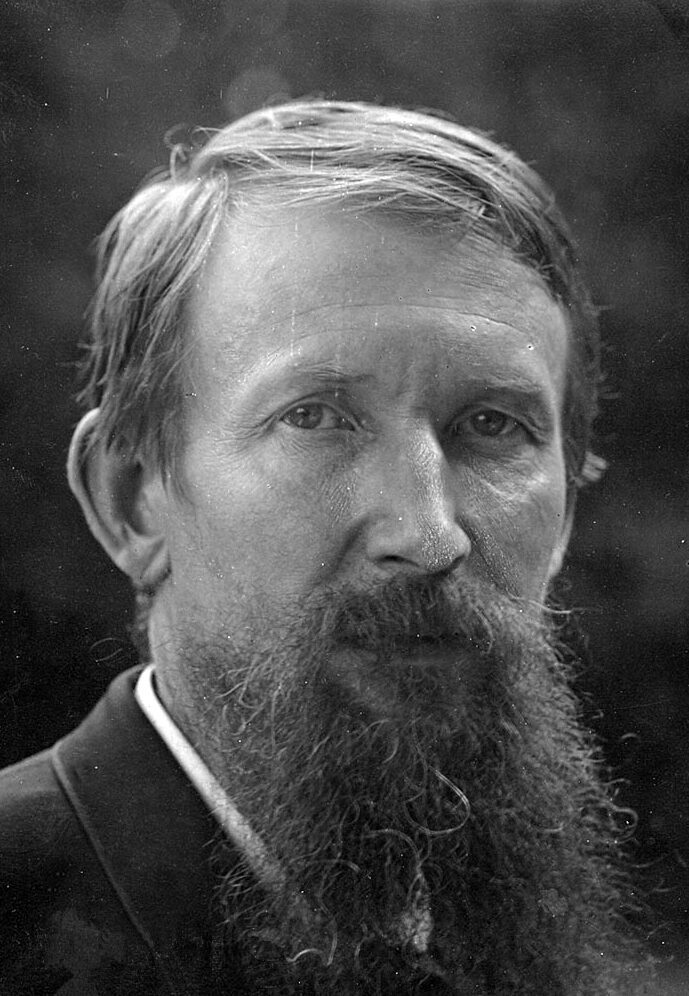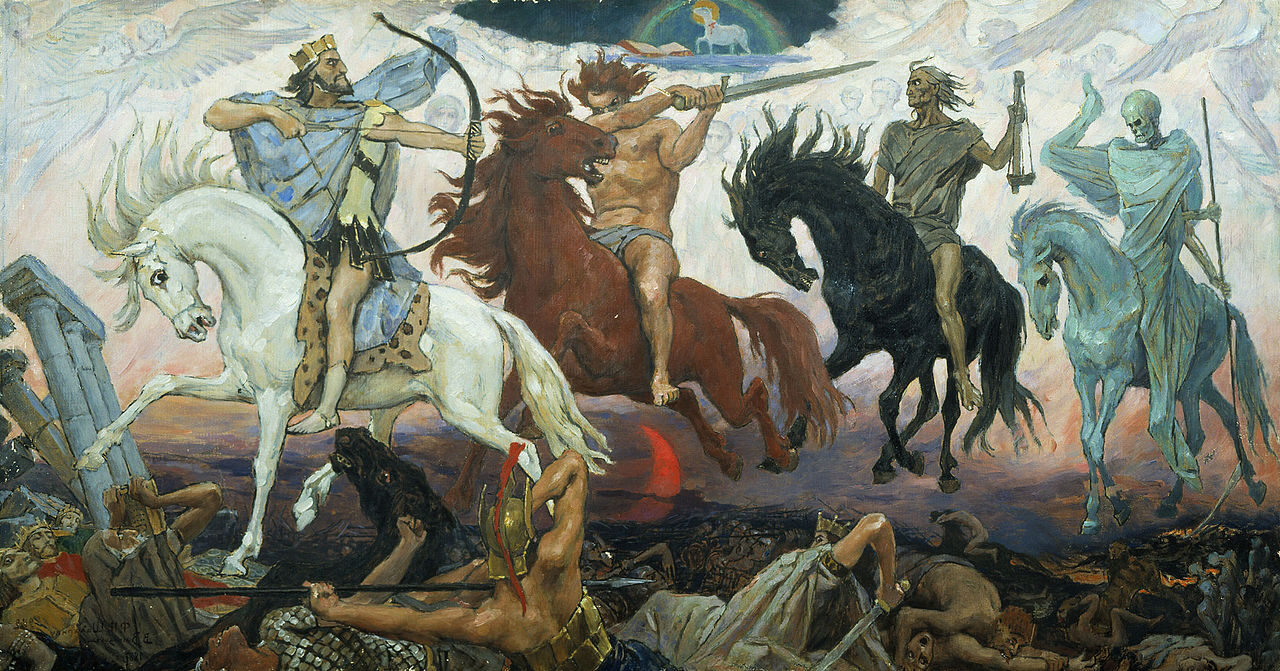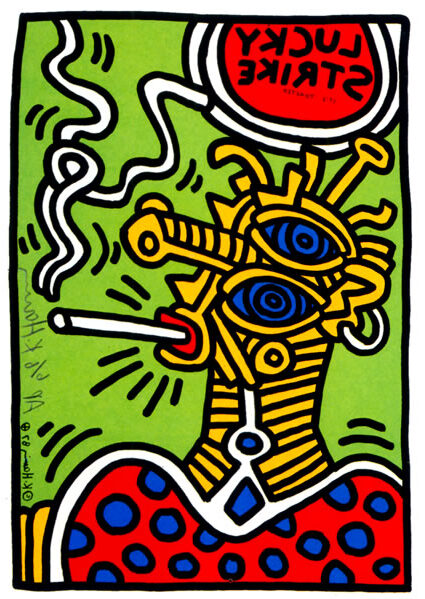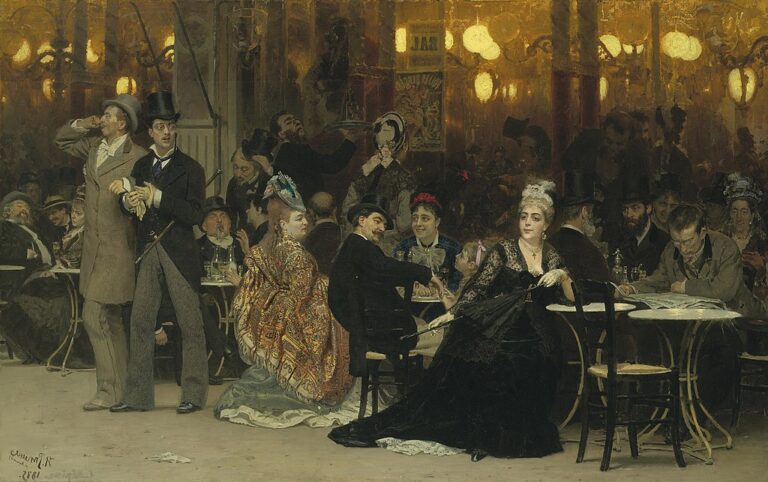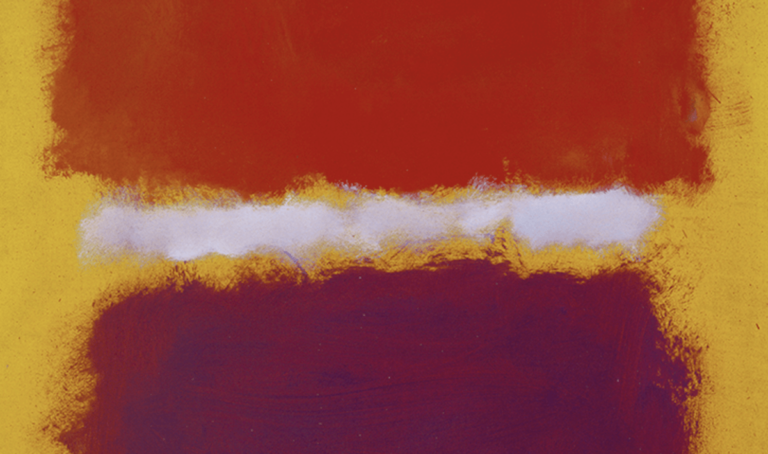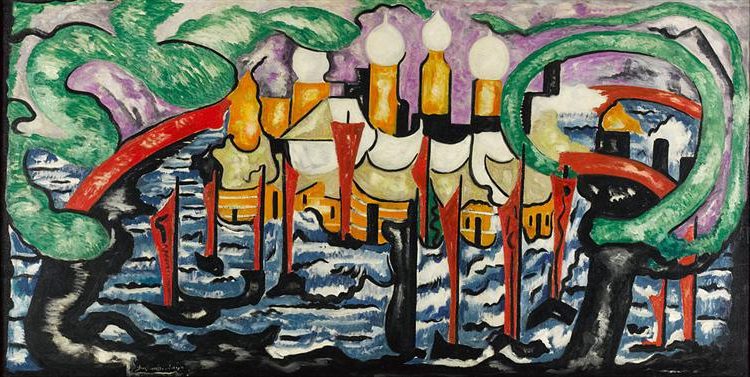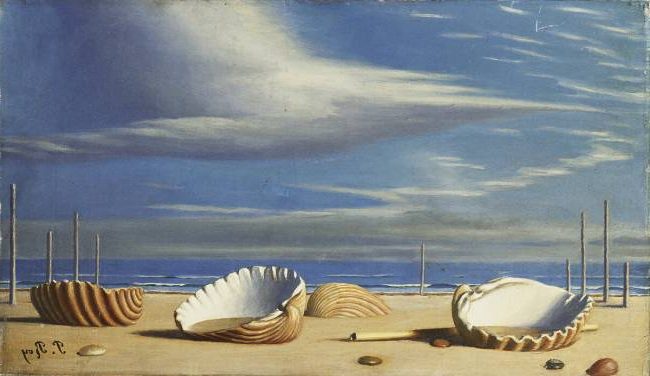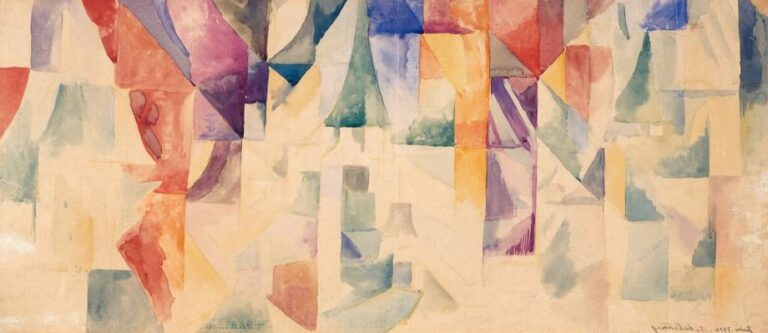Viktor Vasnetsov Painter: The Master of Russian Folklore and Historical Art
Born: 15 May 1848, Lopyal, Vyatka Governorate, Russian Empire
Death: 23 July 1926, Moscow, Russian SFSR[1], Soviet Union
Art Movement: Symbolism, History painting, Peredvizhniki
Nationalité : Russe
Teacher: Ivan Kramskoi
Institution : Académie impériale des arts
Viktor Vasnetsov Painter: The Master of Russian Folklore and Historical Art
Viktor Vasnetsov’s Life and Artistic Journey
Viktor Mikhaylovich Vasnetsov emerged as a pivotal figure in Russian art during the late 19th century. His transformation from a traditional artist to a master of mythological and historical subjects revolutionized how Russian culture was represented in visual arts.
Début de la vie et influences
Viktor Vasnetsov was born in May 1848 in the village of Lopyal near Vyatka (now Kirov) in Russia. He grew up in a rural setting, which exposed him to the rich folk traditions and fairy tales that would later influence his artistic work.

The Knight at the Crossroads, 1878, by Viktor Vasnetsov
Initially, Vasnetsov trained at a theological seminary, following a family tradition of religious service. However, his artistic talents led him to abandon this path in favor of art studies.
In 1868, he entered the Imperial Academy of Arts in St. Petersburg. During this formative period, Vasnetsov developed his technical skills while being exposed to academic traditions.
His early works reflected everyday life scenes, showing his keen observation of Russian society. These realistic portrayals established his initial reputation as a talented young artist.
Association with the Peredvizhniki Movement
In the 1870s, Vasnetsov became associated with the Peredvizhniki (Wanderers) movement, a group of Russian realist artists who broke from academic conventions. This association proved crucial to his artistic development.
The movement’s emphasis on depicting Russian life and landscapes aligned with Vasnetsov’s growing interest in national themes. Ivan Kramskoi, a leading figure in the movement, recognized Vasnetsov’s talent and provided meaningful guidance.
While exhibiting with the Peredvizhniki, Vasnetsov gradually shifted from pure realism toward more mythological and historical subjects. This transition marked him as unique within the movement.
By the 1880s, his distinctive style combined realistic technique with romantic nationalist themes. This approach established him as a co-founder of the national-romantic trend in Russian art.
Collaborations et mécènes
Savva Mamontov, a wealthy industrialist and art patron, played a crucial role in Vasnetsov’s career. Mamontov invited the artist to his Abramtsevo estate, an artistic colony that fostered creativity and national revival.
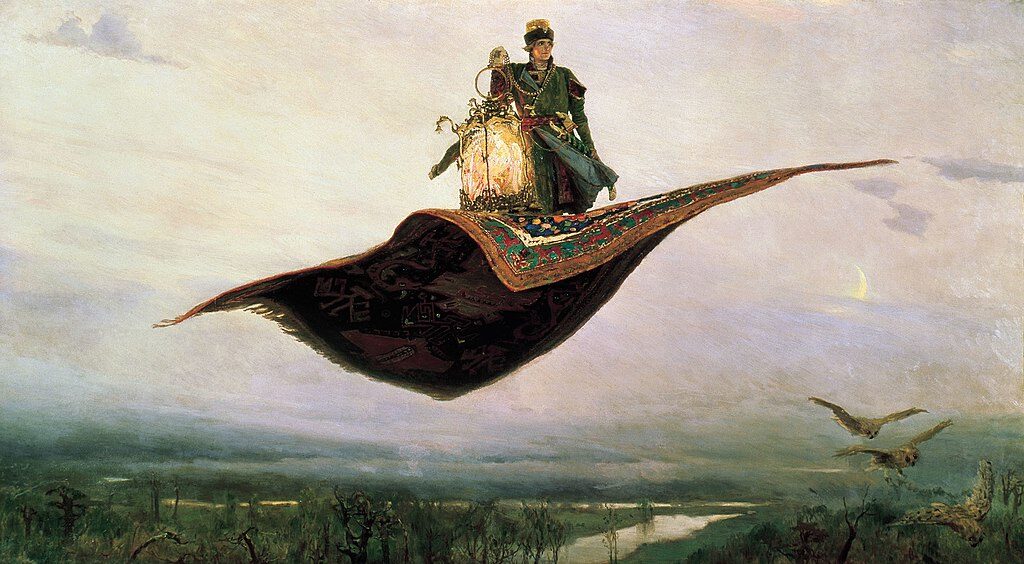
The Flying Carpet, 1880, by Viktor Vasnetsov
At Abramtsevo, Vasnetsov collaborated with other prominent Russian artists on various projects. He designed buildings, theatrical sets, and costumes, expanding his artistic repertoire beyond painting.
These collaborations allowed him to explore Russian architectural traditions and decorative arts. His designs for church facades, including work on the State Tretyakov Gallery, showcased his versatility.
Vasnetsov’s relationship with the imperial family also provided him with significant commissions. His monumental historical paintings adorned important buildings and cemented his reputation as a national artist.
Contributions artistiques et œuvres majeures
Viktor Vasnetsov transformed Russian art through his unique blend of traditional folklore, historical themes, and religious imagery. His distinctive style helped establish a national artistic identity while influencing subsequent movements in Russian art.
Development of the Revivalist Movement
Vasnetsov became the founder of the national-romantic trend in Russian art, revitalizing interest in traditional Culture russe and folklore. His work marked a significant shift from academic conventions toward a more distinctly Russian artistic language. This approach helped establish a new visual vocabulary that celebrated Russian heritage.
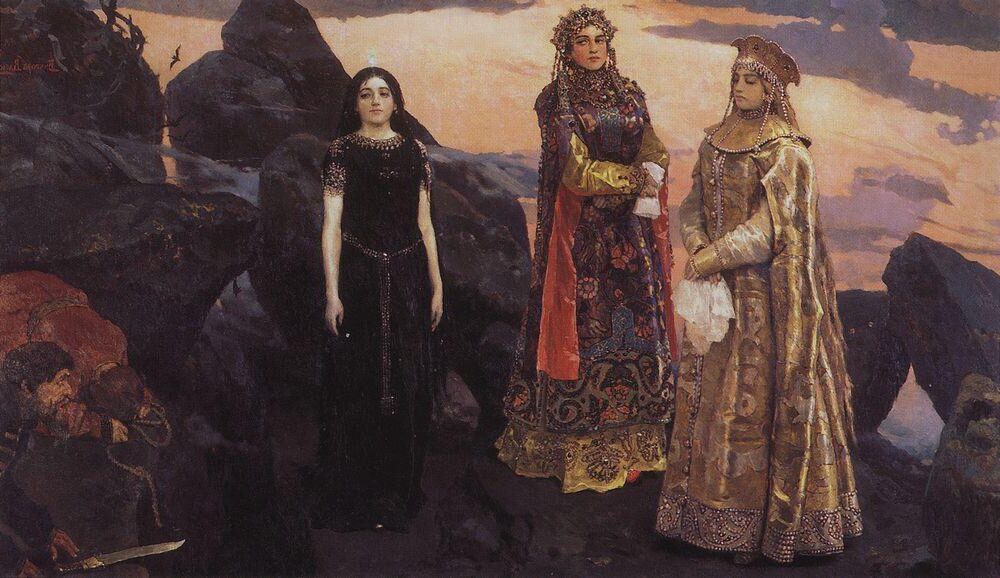
Three Princesses of the Underground Kingdom, 1884
In his early career, Vasnetsov sold works like “Woman Harvester” and “Milk-maid” (both 1867) to fund his move to the Russian capital, where he would further develop his distinctive style. As his career progressed, he moved beyond realistic genre scenes to more imaginative compositions.
His artistic vision combined traditional elements with innovative techniques, making him a bridge between classical Russian art and modern movements. Vasnetsov’s revivalist approach influenced generations of artists working in the Russian Symbolist and Art Nouveau traditions.
Iconic Paintings and Genre Works
Vasnetsov’s most celebrated works often featured subjects from Russian folklore and fairy tales. “The Knight at the Crossroads” depicts a warrior on horseback contemplating his fate at a stone marked with ominous inscriptions, capturing the essence of Russian heroic legends.
His paintings of Ivan Tsarevich brought mythical Russian heroes to life with dramatic composition and rich detail. These works transcended mere illustration to become powerful symbols of Russian cultural identity.
Vasnetsov’s genre paintings demonstrated his ability to capture everyday Russian life with sensitivity and authenticity. His early realistic works showed the influence of the Wanderers movement, with their focus on ordinary people and rural scenes.
His vivid imagination and distinctive style created unforgettable images that continue to resonate with viewers. Many of his paintings became iconic representations of Russian culture both domestically and internationally.
Contributions to Religious Art and Frescoes
Vasnetsov made remarkable contributions to Russian religious art, particularly through his monumental work on the frescoes of St. Vladimir’s Cathedral in Kyiv. These works combined Byzantine traditions with his personal artistic vision, creating a distinctive religious aesthetic.
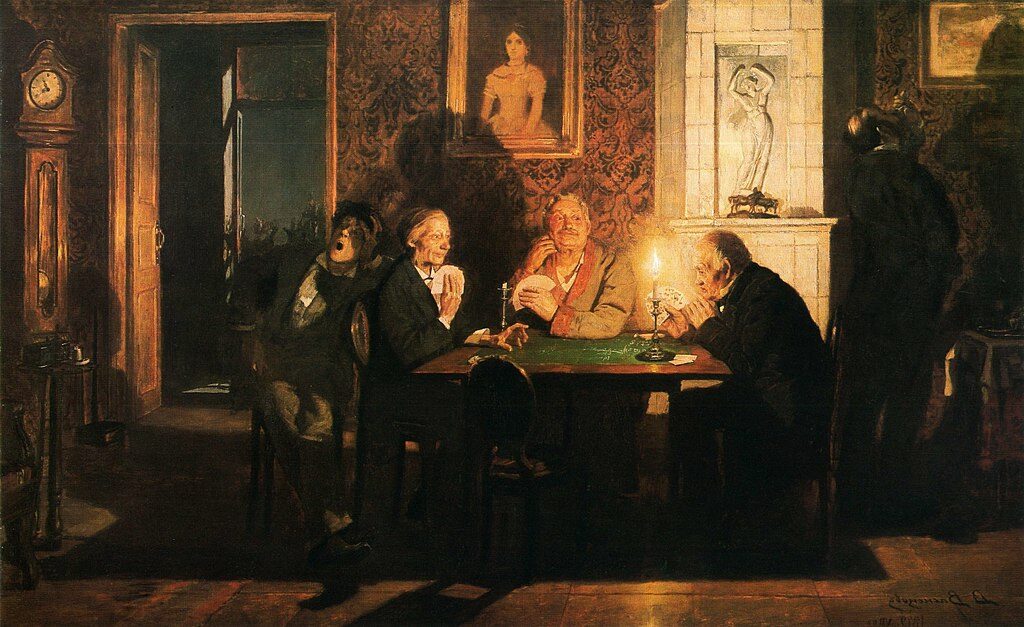
Préférence, 1879, by Jules Lefebvre
His religious paintings reinterpreted Orthodox iconography with greater naturalism and emotional depth. Vasnetsov maintained reverence for religious traditions while bringing a fresh perspective to sacred subjects.
Beyond painting, Vasnetsov’s architectural designs included the façade of the State Tretyakov Gallery in Moscow. This work demonstrated his versatility and commitment to creating a distinctly Russian visual language across multiple media.
His religious art helped revitalize interest in traditional Orthodox imagery during a period of cultural transformation in Russia. These contributions secured his place as not only a painter but as an important cultural figure who helped shape Russia’s artistic identity.
Legacy and Influence in Russian Culture
Viktor Vasnetsov left an indelible mark on Russian culture as a co-founder of Russian folklorist and romantic nationalistic painting. His work helped establish a new appreciation for Russian folklore and historical identity that influenced multiple artistic domains.
Impact on Theatrical Design
Vasnetsov’s contribution to theatrical design transformed the Russian stage. His folk-inspired artwork provided new visual language for productions of Russian operas and plays. Working with theater directors, he created sets and costumes that brought authentic Russian historical and mythological elements to life.
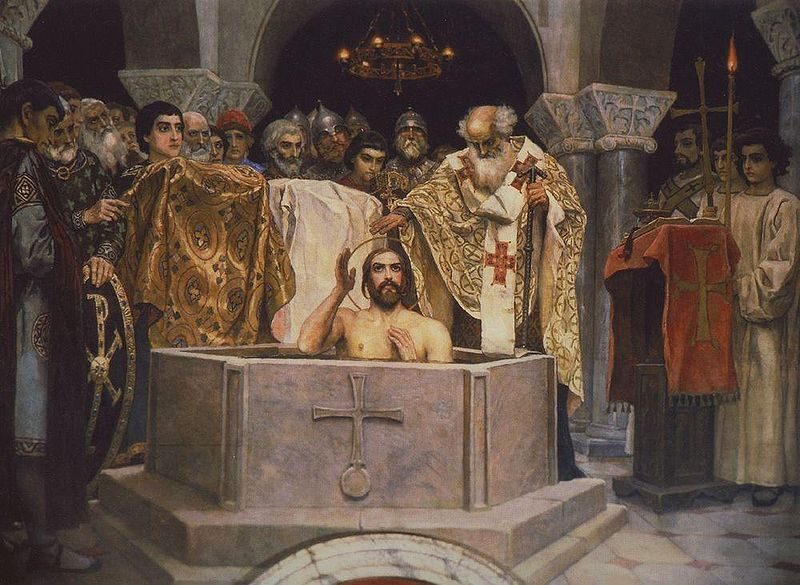
Baptism of Prince Vladimir, 1890, by Viktor Vasnetsov
The artist’s detailed knowledge of Russian historical dress and architecture made his designs particularly valuable. His collaboration with opera companies helped establish a distinctly Russian aesthetic in theatrical presentation.
Theater critics like Vladimir Stasov and Dmitry Filosofov praised Vasnetsov’s ability to capture the soul of Russian folklore in his theatrical work. His designs influenced generations of stage artists who continued to draw on his national-romantic visual style.
Vasnetsov’s Role in the Tretyakov Gallery
Vasnetsov’s connection to the Galerie Tretyakov extends beyond his paintings in the collection. He designed the iconic facade of the State Tretyakov Gallery in Moscow, creating a building that visually represented Russian artistic identity.
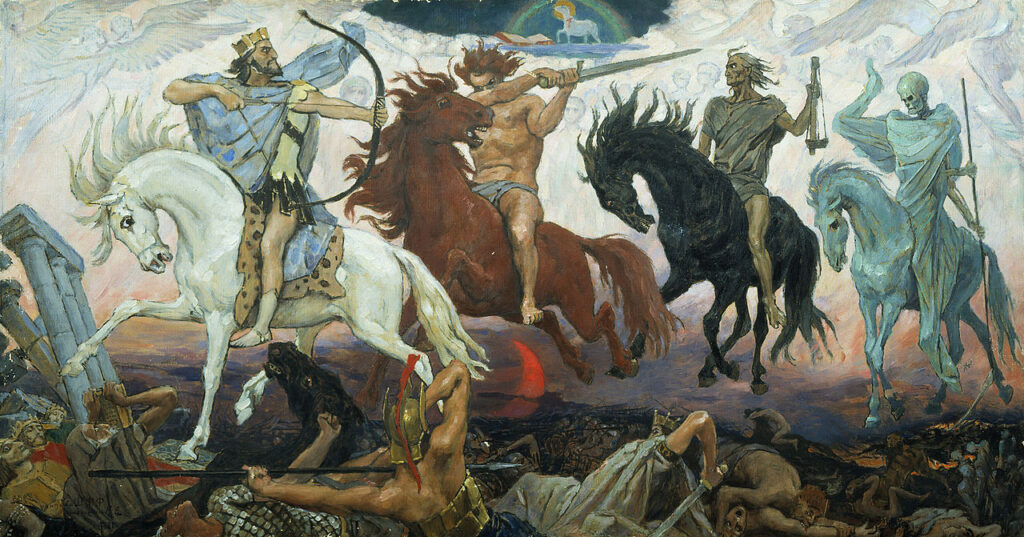
Four Horsemen of the Apocalypse, 1887, by Viktor Vasnetsov
The facade incorporates elements of traditional Russian architecture, reflecting Vasnetsov’s dedication to reviving national artistic traditions. This architectural contribution made the gallery itself a monument to Russian cultural heritage.
Inside the gallery, Vasnetsov’s paintings remain among the most recognized and beloved works. His folkloric scenes introduced Russian audiences to a new way of visualizing their cultural heritage.
Art historians consider his presence in the Tretyakov collection essential to understanding the development of Russian national art identity at the turn of the 19th-20th centuries.
Questions fréquemment posées
Viktor Vasnetsov’s life and work spark curiosity among art enthusiasts worldwide. His unique blend of Russian folklore, history, and religious imagery created a distinctive artistic legacy that continues to fascinate viewers today.
What are the most notable works of Viktor Vasnetsov?
“The Bogatyrs” stands as one of Vasnetsov’s most celebrated paintings, depicting three legendary Russian knights. This iconic work captures the essence of Russian heroism and national identity.
“Alyonushka” portrays a grieving girl sitting by a pond, inspired by a Russian folktale. The emotional depth and connection to folklore made this work particularly beloved in Russia.
“Ivan Tsarevich on the Grey Wolf” illustrates a scene from Russian fairytales with remarkable detail and imagination. This painting demonstrates Vasnetsov’s talent for bringing mythological narratives to life.
How did Viktor Vasnetsov contribute to the Russian art movement?
Vasnetsov is considered a co-founder of the Russian national-romantic trend in art. He moved away from academic traditions toward art that celebrated Russian cultural heritage and identity.
His work bridged realism with romantic nationalism, creating a distinctly Russian artistic voice. This approach influenced many subsequent artists and helped define Russian national art.
Vasnetsov also reformed religious art in Russia by blending traditional iconography with more realistic painting techniques. His church designs and religious paintings revitalized sacred art in the late 19th century.
What themes are commonly seen in Vasnetsov’s paintings?
Russian folklore and mythology dominate Vasnetsov’s thematic repertoire. He masterfully depicted characters from fairy tales, legends, and epic narratives that Russians had known for generations.
Historical subjects also feature prominently in his work. Vasnetsov painted scenes from Russia’s past with careful attention to historical details while infusing them with romantic sensibility.
Religious themes became increasingly important in his later career. His spiritual works display deep reverence for Orthodox Christian traditions while incorporating his distinctive artistic style.
How has Vasnetsov depicted religious figures in his artwork?
Vasnetsov approached religious figures with both reverence and innovation. His depictions show respect for Orthodox traditions while bringing new vitality to sacred subjects.
His work on the St. Vladimir Cathedral in Kyiv demonstrates his religious artistry. These monumental paintings combine Byzantine influences with more naturalistic rendering to create powerful spiritual imagery.
Vasnetsov’s “God of Hosts” and other religious works explore divine judgment and faith. He managed to convey profound spiritual concepts while maintaining accessibility to ordinary viewers.
Which museums hold the largest collections of Viktor Vasnetsov’s paintings?
The State Tretyakov Gallery in Moscow houses an extensive collection of Vasnetsov’s most important works. This includes many of his folklore and historical paintings that defined his career.
The Viktor Vasnetsov House Museum in Moscow preserves his home and studio along with numerous artworks. This museum offers unique insight into his creative process and personal life.
Regional Russian museums also contain significant Vasnetsov collections. These institutions celebrate his contributions to Russian cultural identity and artistic development.
How did historical and cultural contexts influence Vasnetsov’s ‘Knight at the Crossroads’?
“Knight at the Crossroads” reflects the philosophical questions facing Russia in the late 19th century. The painting’s theme of choice and destiny mirrored national debates about Russia’s future path.
The medieval setting connects to the Slavophile movement’s interest in Russia’s pre-Petrine past. This painting emerged during a period of intense discussion about Russia’s relationship with Western Europe.
The somber mood and fatalistic elements in the work reflect the uncertainty of Russia’s political climate. Vasnetsov created this painting during a time of social change and growing revolutionary sentiments.

